Libya taps into ancient aquifers beneath the Sahara. The Great Man-Made River project spans 1,750 miles.
It aims to transport 6.5 million cubic meters of water daily. Could this desert nation become a water powerhouse?
$25 Billion Gamble: Will It Pay Off?
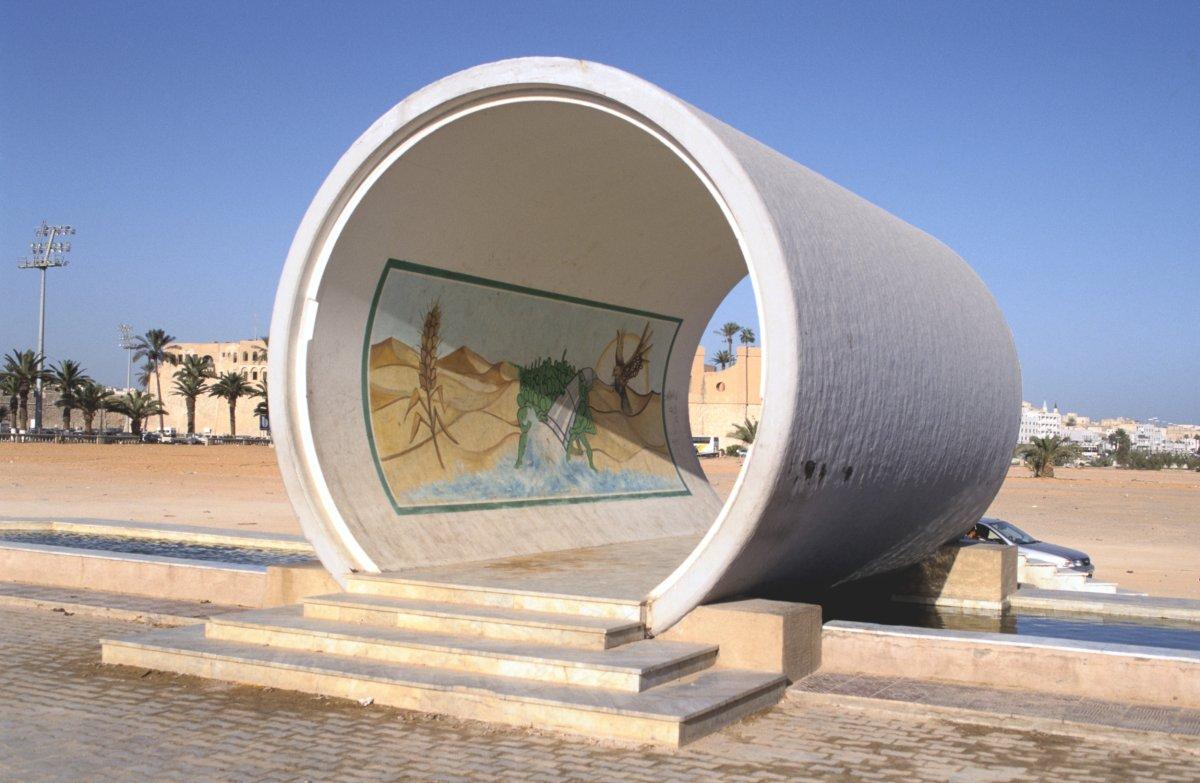
Libya invests $25 billion in the GMMR project. The network uses enough steel to circle Earth 280 times.
Five million tons of cement form the massive pipes. Is this the most ambitious water project in history?
Gaddafi’s Dream: Eighth Wonder of the World?
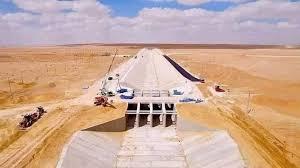
Libya’s former leader dubbed GMMR the “eighth wonder”. The project began in 1983 under Gaddafi’s regime.
It aims to turn Libya’s flag “as green as the desert”. Can a dictator’s vision solve a nation’s water crisis?
Civil War Casualties: How Many Pipes Destroyed?

NATO airstrikes damaged crucial GMMR infrastructure in 2011. 101 of 479 wells on the western pipeline were dismantled.
The Brega pipe factory was destroyed during the conflict. Will Libya ever recover these lost resources?
Unfinished Symphony: What’s Left to Complete?
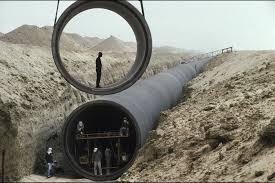
GMMR stalled at the third of four planned stages. Only 70% of the project was completed by 2011.
Political instability halts further development. Can Libya muster the will to finish this massive undertaking?
Water Security: A Pipe Dream for Libya?
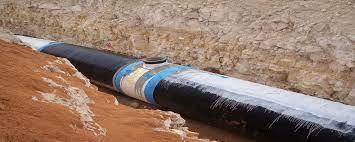
Libya faces significant water stress post-2011. The Atlantic Council warns of jeopardized water supply.
Libyans experience water shortages as a “new reality”. Is the GMMR still the answer to Libya’s thirst?
Foreign Expertise: Where Have All the Engineers Gone?
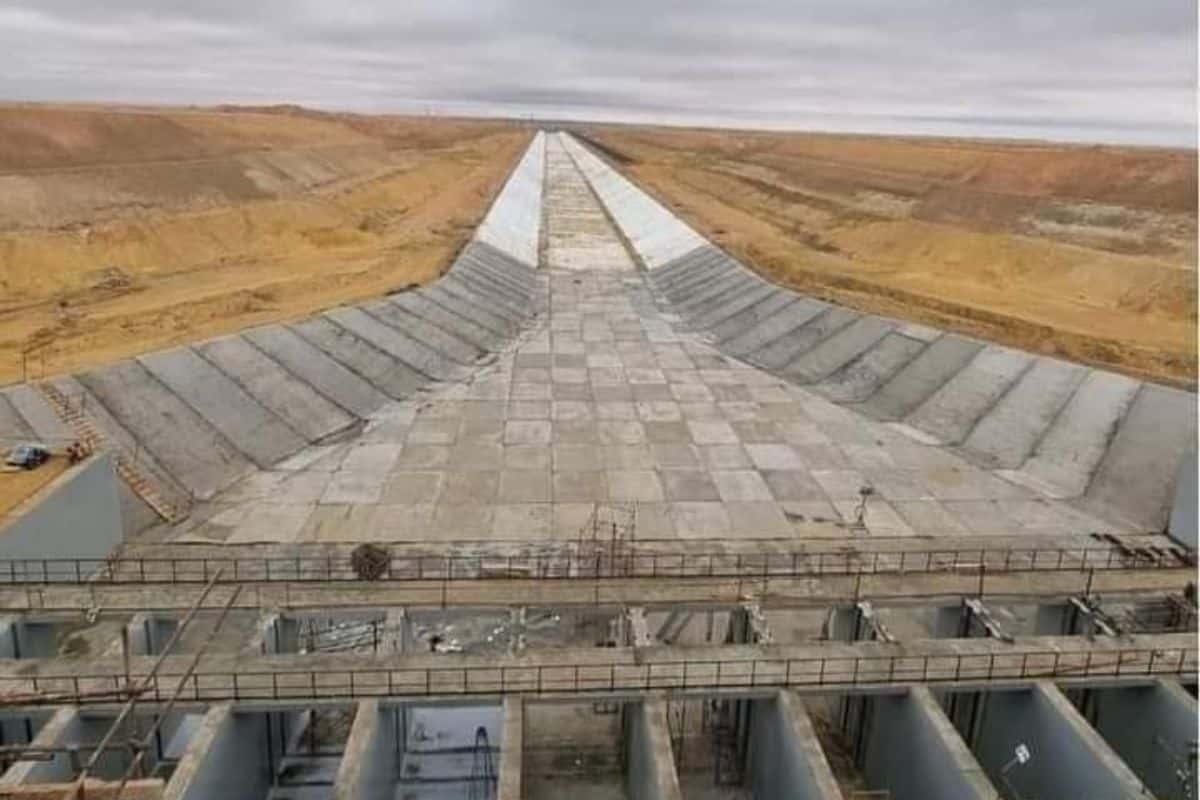
Security concerns deter foreign companies from GMMR work. Libya lacks technical expertise to maintain the system.
International collaboration is crucial for project completion. Will global partners return to help Libya?
Nubian Aquifer: Infinite Resource or Ticking Clock?
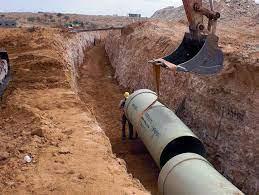
The Nubian Sandstone Aquifer system is non-renewable. It formed during the last ice age, 20,000 years ago.
The aquifer contains an estimated 150,000 km³ of groundwater. How long can this ancient water source last?
Alternative Solutions: Beyond the Man-Made River?
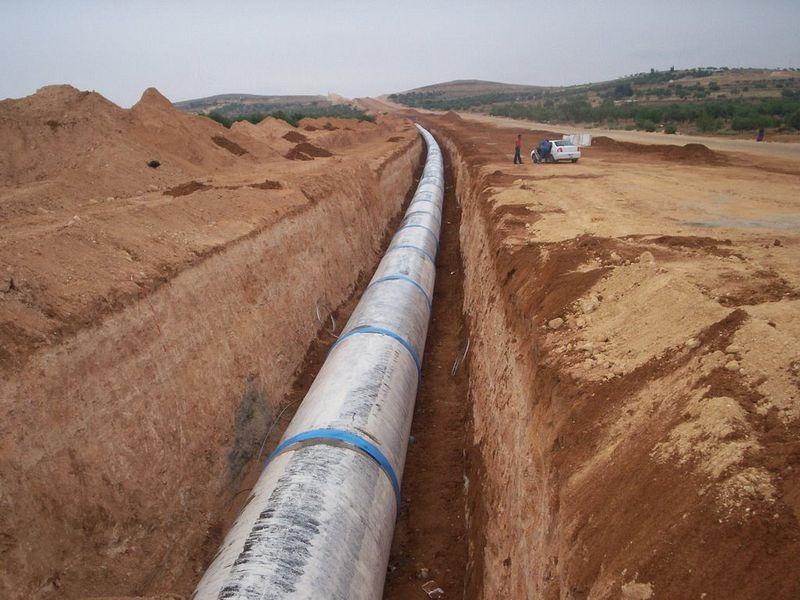
Libya considers diversifying its water resources. Desalination plants could supplement GMMR supply.
Experts urge development of a comprehensive water policy. Can Libya break its dependence on a single mega-project?
Future Forecast: Oasis or Mirage?
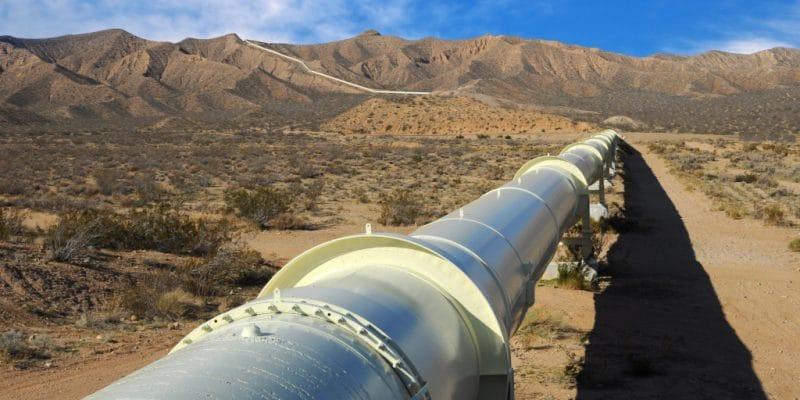
Libya’s population of 7 million relies heavily on GMMR. Climate change threatens to exacerbate water scarcity.
The project’s completion could irrigate 155,000 hectares of land. Will the Great Man-Made River flow freely, or dry up in the desert sand?
Ancient Wonder: The Unfinished Obelisk of Egypt
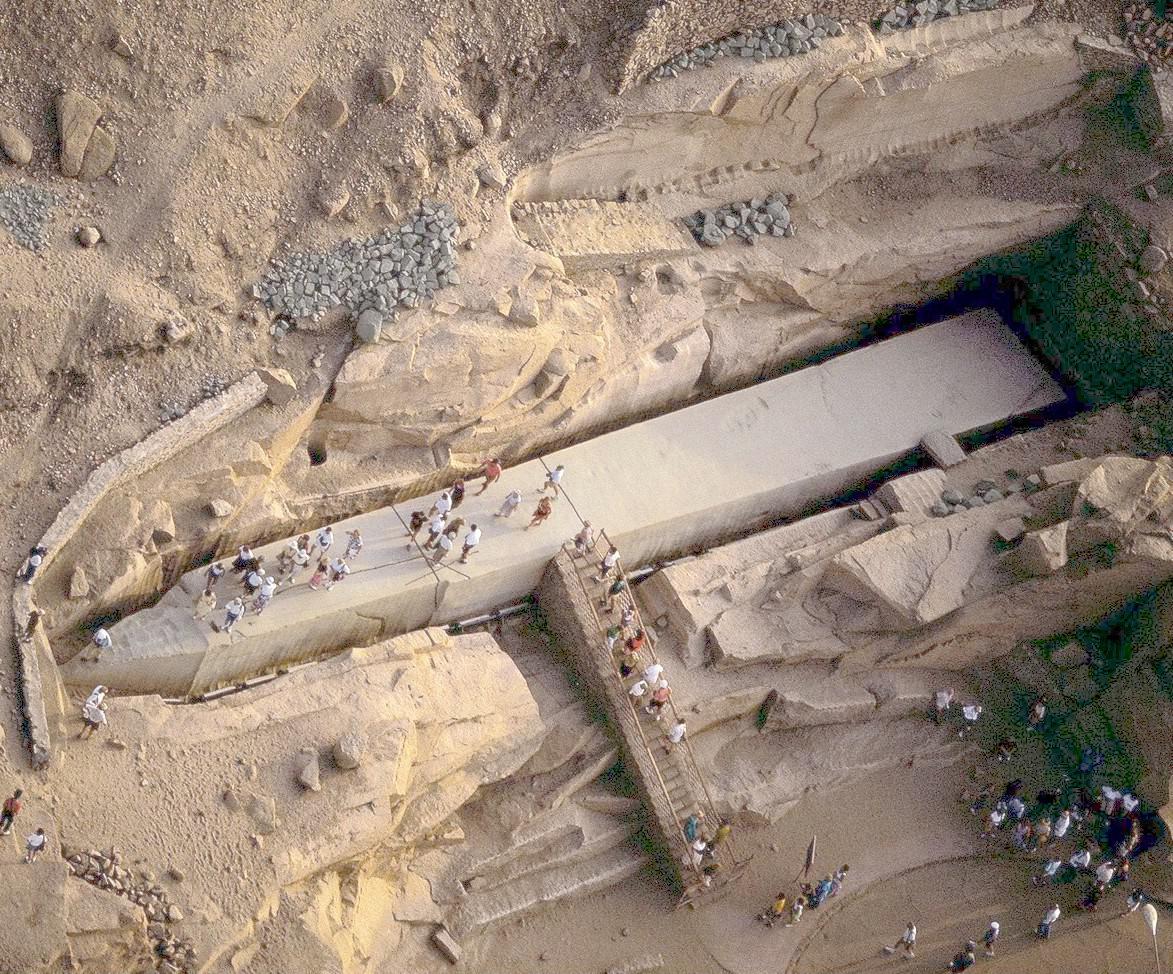
Ancient Egyptians left an enormous obelisk unfinished in Aswan. Quarry workers abandoned the project after discovering cracks in the granite.
The obelisk would have stood 137 feet tall, weighing 1,200 tons. It remains the largest known ancient obelisk, offering insights into Egyptian stoneworking techniques.
Sagrada Família: Gaudí’s Incomplete Masterpiece in Barcelona
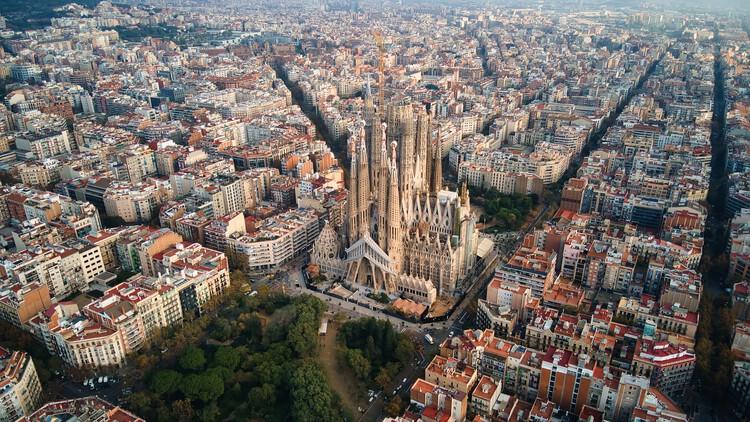
Antoni Gaudí began designing the Sagrada Família in 1883. Construction has continued for over 140 years, facing numerous setbacks.
The Spanish Civil War and lack of funding caused significant delays. Current estimates project completion by 2026, the centenary of Gaudí’s death.
China’s Ghost Cities: Abandoned Urban Development Projects
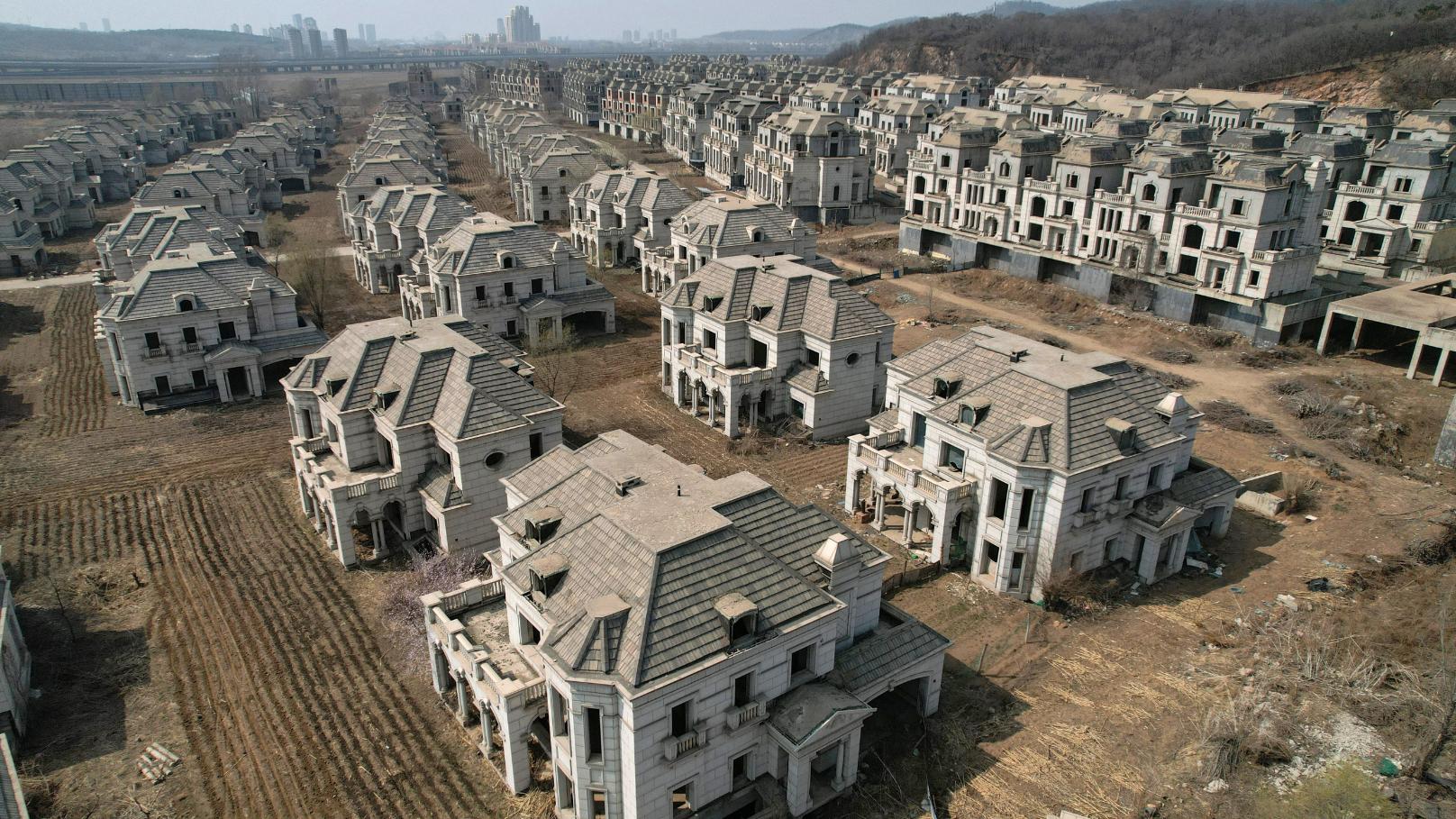
China’s rapid urbanization led to the construction of entire cities. Many of these projects stand empty or unfinished.
Ordos Kangbashi in Inner Mongolia is a prime example. These ghost cities represent significant economic and social challenges for China.
The Soviet Union’s Abandoned “Palace of Soviets”
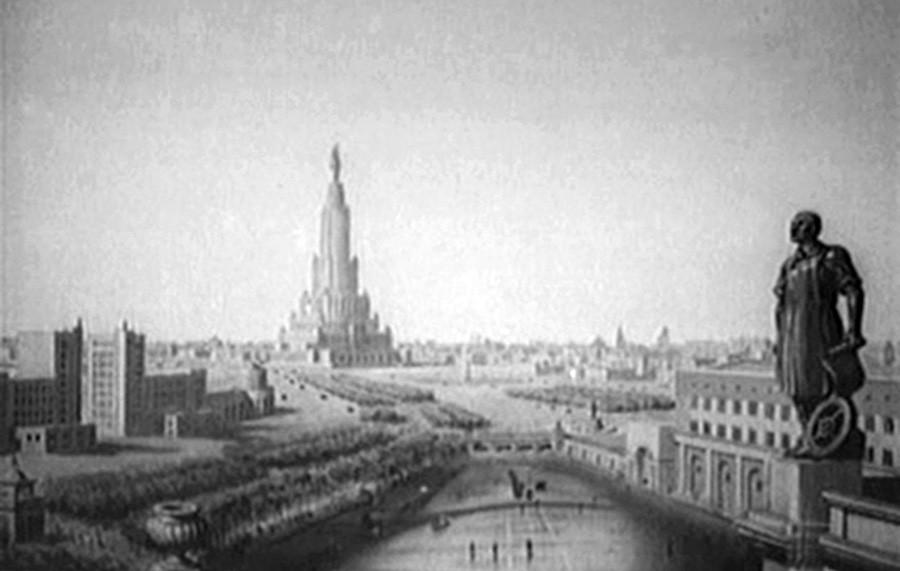
Stalin commissioned the Palace of Soviets in 1931. Designed to be the world’s tallest building, construction halted during World War II.
The foundations were repurposed for the world’s largest open-air swimming pool. Today, the site hosts the reconstructed Cathedral of Christ the Saviour.
Nicaragua Canal: A Stalled Alternative to Panama
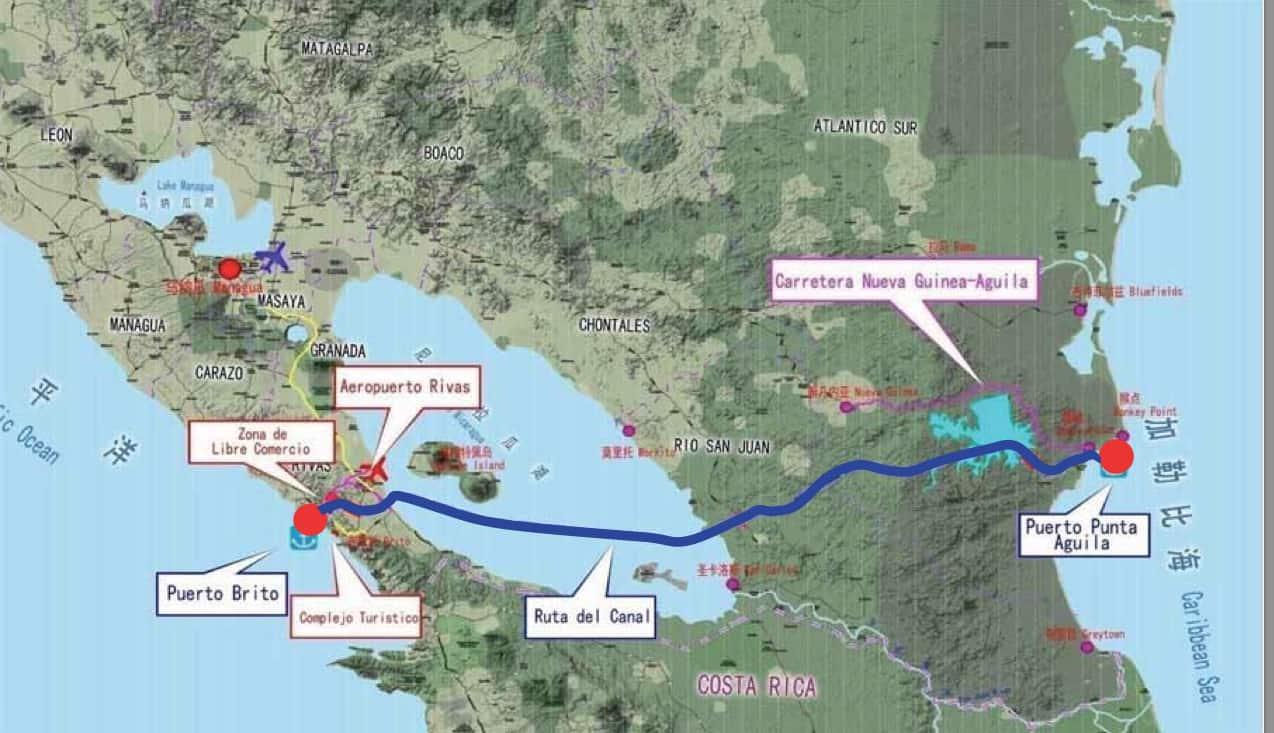
Nicaragua proposed a canal to rival Panama’s in 2013. The $50 billion project aimed to accommodate larger ships.
Environmental concerns and financial difficulties have stalled progress. The project’s future remains uncertain, with no visible construction since 2019.

